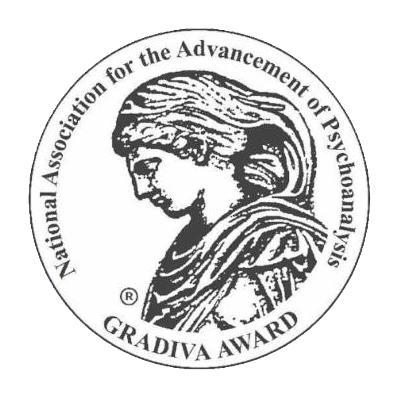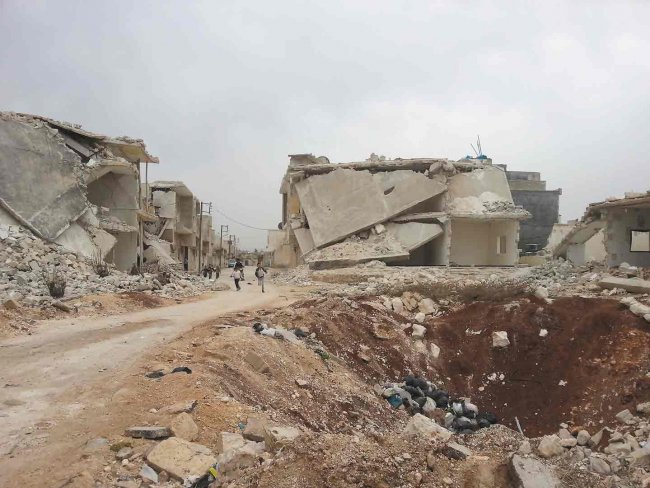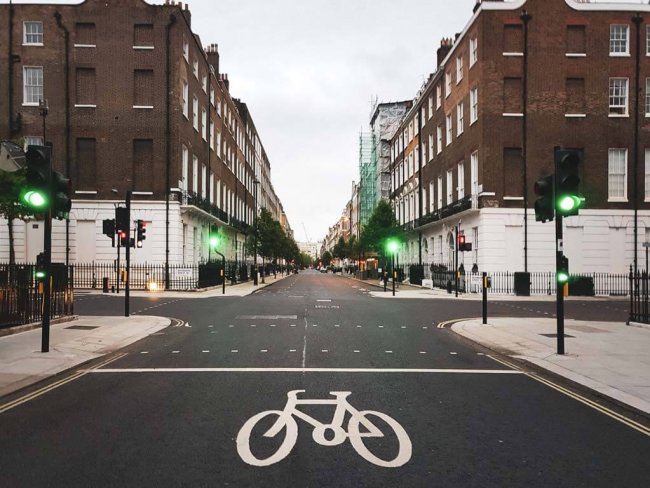WAR AND PANDEMIC IN ALEPPO by Mohamad Kebbewar
Danger during the war in Aleppo was marked with sound and smoke. During the pandemic, danger is boundless. It can be everywhere and anywhere. The most fashionable and well-off person can carry the virus and pass it on to me, while on the other hand, an armed person walking next to me on the sidewalk could be harmless. The invisible danger is what makes the virus lethal. In war, if the sound is far away, then I can assume I am safe.



